Census of District Shimla 2011
Shimla District Population Data

Population Overview:
- 2011 Population: 814,010
- Males: 425,039
- Females: 388,971
- 2001 Population: 722,502
- Males: 380,996
- Females: 341,506
- Growth Rate 2001-2011: 12.67%
- Growth Rate 1991-2001: 17.02%
Future Population Projections:
- 2021: 901,600
- 2022: 909,800
- 2023: 916,900
- 2024: 923,000 (projected)
- 2025: 928,200
- 2026: 932,600
- 2027: 936,400
- 2028: 939,600
- 2029: 942,400
- 2030: 944,700
- 2031: 946,700
Literacy Rates:
- Average Literacy Rate (2011): 83.64%
- Male Literacy: 89.59%
- Female Literacy: 77.13%
- Average Literacy Rate (2001): 79.12%
- Male Literacy: 87.19%
- Female Literacy: 70.07%
- Total Literates (2011): 612,642
- Male Literates: 342,846
- Female Literates: 269,796
- Total Literates (2001): 504,330
Sex Ratio:
- Overall (2011): 915 females per 1,000 males
- Overall (2001): 896 females per 1,000 males
- Child Sex Ratio (0-6 years, 2011): 925 girls per 1,000 boys
- Child Sex Ratio (0-6 years, 2001): 929 girls per 1,000 boys
Religious Composition (2011):
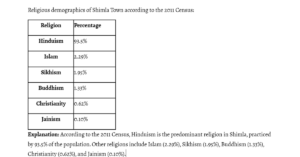
- Hindu: 97.23% (791,449)
- Muslim: 1.45% (11,810)
- Christian: 0.25% (2,025)
- Sikh: 0.50% (4,047)
- Buddhist: 0.40% (3,262)
- Jain: 0.02% (185)
- Others: 0.02% (197)
- Not Stated: 0.13% (1,035)
Population Density:
- 2011 Density: 159 people per sq. km
- 2001 Density: 141 people per sq. km
- Total Area: 5,131 sq. km
Urban vs. Rural Population:
- Urban Population (2011): 201,351 (24.74% of total)
- Sex Ratio: 818 females per 1,000 males
- Child Sex Ratio: 892 girls per 1,000 boys
- Child Population (0-6 years): 16,683 (7.96% of urban population)
- Average Literacy Rate: 93.10%
- Rural Population (2011): 612,659 (75.26% of total)
- Sex Ratio: 949 females per 1,000 males
- Child Sex Ratio: 933 girls per 1,000 boys
- Child Population (0-6 years): 64,881 (10.68% of rural population)
- Average Literacy Rate: 80.45%
Houseless Data:
- 2011: 102 families (443 individuals) living without a roof, approximately 0.054% of the total population.
This data provides a comprehensive view of Shimla’s demographic trends, educational attainment, and religious distribution up to 2011, as well as projections for future population growth.
Shimla City Demographics
Population
- 2011 Census:
- City Area: 35.34 km²
- Population: 169,578
- Males: 93,152
- Females: 76,426
- Urban Agglomeration Population: 171,817
- Males: 94,797
- Females: 77,020
- Effective Literacy Rate (City): 93.63%
- Effective Literacy Rate (Urban Agglomeration): 94.14%
- 2001 Census:
- City Population: 142,161
- City Area: 19.55 km²
- Floating Population: 75,000 (mainly from tourism)
- Age Distribution:
- 16–45 Years: 55%
- Younger than 15 Years: 28%
- Sex Ratio: 930 girls per 1,000 boys (compared to 974 per 1,000 for Himachal Pradesh as a whole)
- Unemployment Rate:
- 1992: 36%
- 2006: 22.6% (due to industrialisation, growth of service industries, and knowledge development)
Language
- Hindi: Principal spoken language and used for official purposes.
- English: Second official language and widely spoken.
- Pahari Languages: Spoken by the ethnic Pahari population.
- Punjabi: Spoken by the Punjabi migrant population, especially those who settled post-Partition of India in 1947.
Religion (2011 Census)
- Hinduism: 93.5%
- Islam: 2.29%
- Sikhism: 1.95%
- Buddhism: 1.33%
- Christianity: 0.62%
- Jainism: 0.10%
These demographics highlight Shimla’s diverse population, its growth over time, the significant role of tourism, and the linguistic and religious composition of the city.
Q.1 What was the population of Shimla District in the 2011 Census? A. 722,502
B. 814,010
C. 901,600
D. 909,800
Answer: B. 814,010
Explanation: In the 2011 Census, Shimla District had a population of 814,010.
Q.2 What was the male literacy rate in Shimla District according to the 2011 Census? A. 87.19%
B. 89.59%
C. 90.00%
D. 91.00%
Answer: B. 89.59%
Explanation: The male literacy rate in Shimla District in 2011 was 89.59%.
Q.3 What was the sex ratio (females per 1,000 males) in Shimla District in 2011? A. 896
B. 915
C. 930
D. 940
Answer: B. 915
Explanation: The sex ratio in Shimla District in 2011 was 915 females per 1,000 males.
Q.4 What was the child sex ratio (girls per 1,000 boys) in Shimla District in 2011? A. 925
B. 929
C. 933
D. 940
Answer: A. 925
Explanation: The child sex ratio in Shimla District in 2011 was 925 girls per 1,000 boys.
Q.5 How many people were living without a roof in Shimla District in 2011? A. 102
B. 443
C. 1,035
D. 2,025
Answer: B. 443
Explanation: In 2011, a total of 443 people were living without a roof in Shimla District.
Q.6 What was the average literacy rate in Shimla District in 2001? A. 79.12%
B. 80.45%
C. 83.64%
D. 87.19%
Answer: A. 79.12%
Explanation: The average literacy rate in Shimla District in 2001 was 79.12%.
Q.7 What percentage of Shimla District’s population lived in urban areas according to the 2011 Census? A. 20.26%
B. 24.74%
C. 30.00%
D. 35.00%
Answer: B. 24.74%
Explanation: In the 2011 Census, 24.74% of Shimla District’s population lived in urban areas.
Q.8 What was the density of Shimla District in 2011? A. 141 people per sq. km
B. 150 people per sq. km
C. 159 people per sq. km
D. 165 people per sq. km
Answer: C. 159 people per sq. km
Explanation: The population density of Shimla District in 2011 was 159 people per square kilometer.
Q.9 Which religion constituted the highest percentage of Shimla District’s population in 2011? A. Muslim
B. Sikh
C. Hindu
D. Christian
Answer: C. Hindu
Explanation: Hindus constituted 97.23% of Shimla District’s population in 2011.
Q.10 What was the total child population (0-6 years) in Shimla District in 2011? A. 64,881
B. 85,089
C. 81,564
D. 70,000
Answer: C. 81,564
Explanation: The total child population (0-6 years) in Shimla District in 2011 was 81,564.


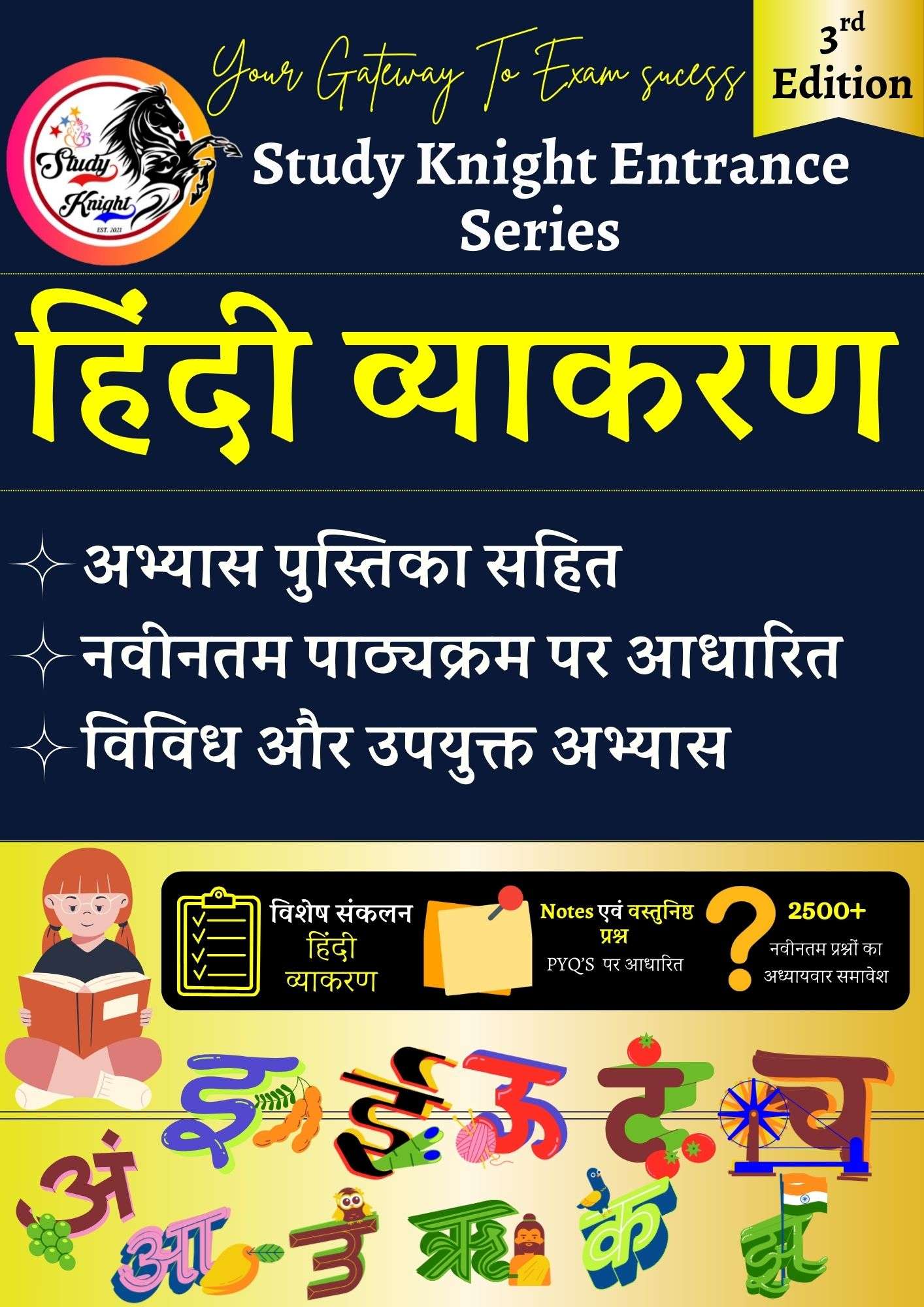



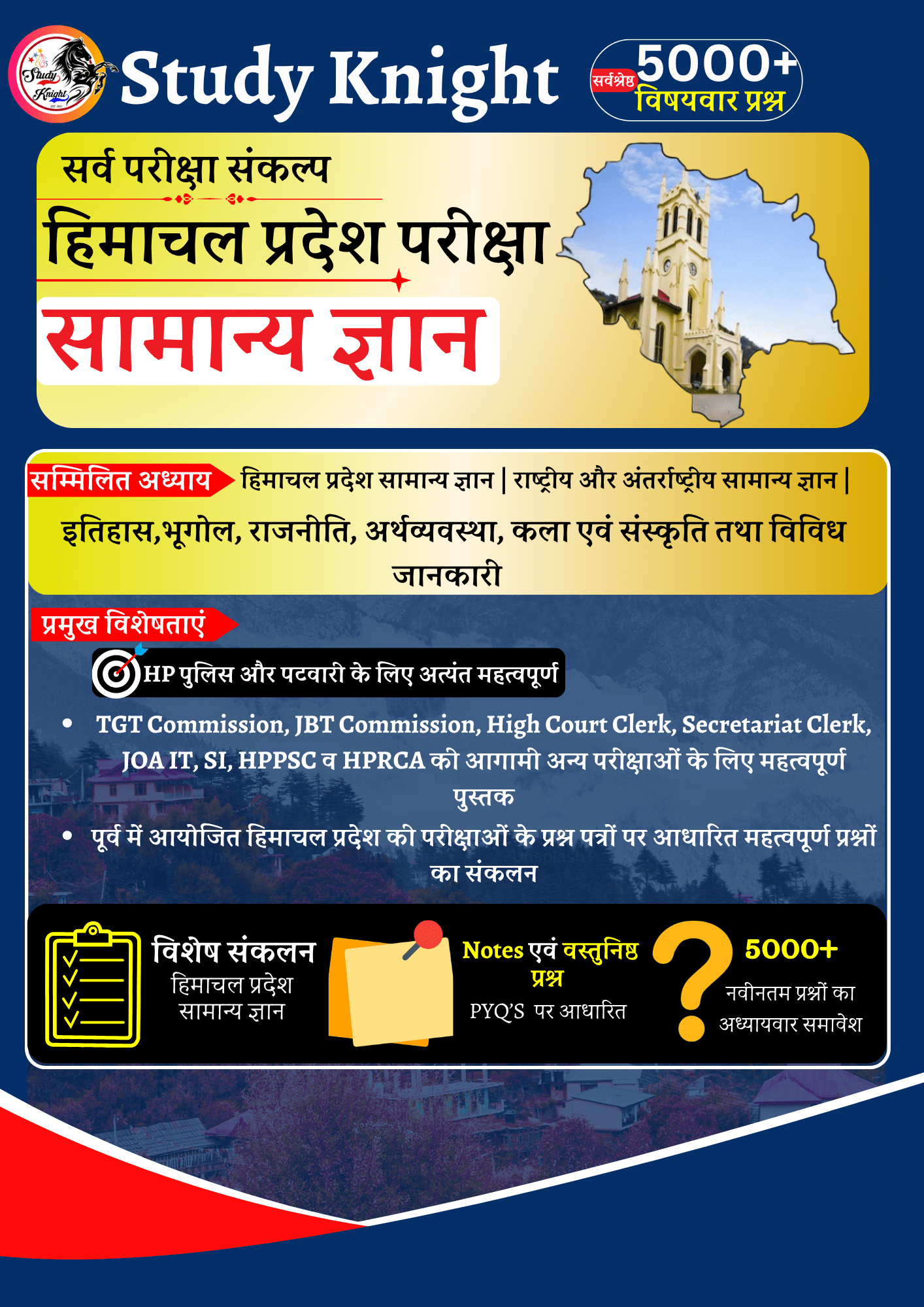
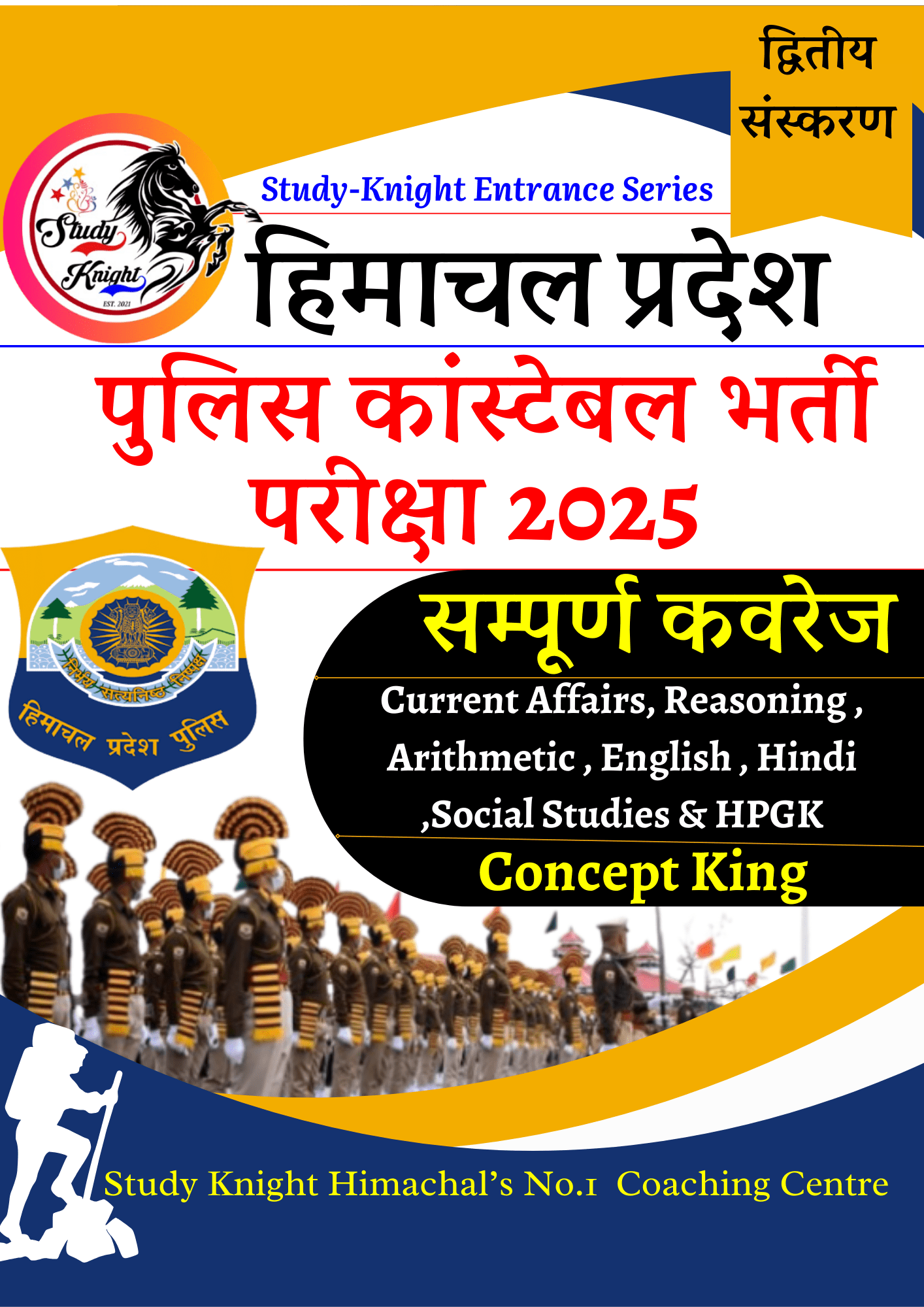
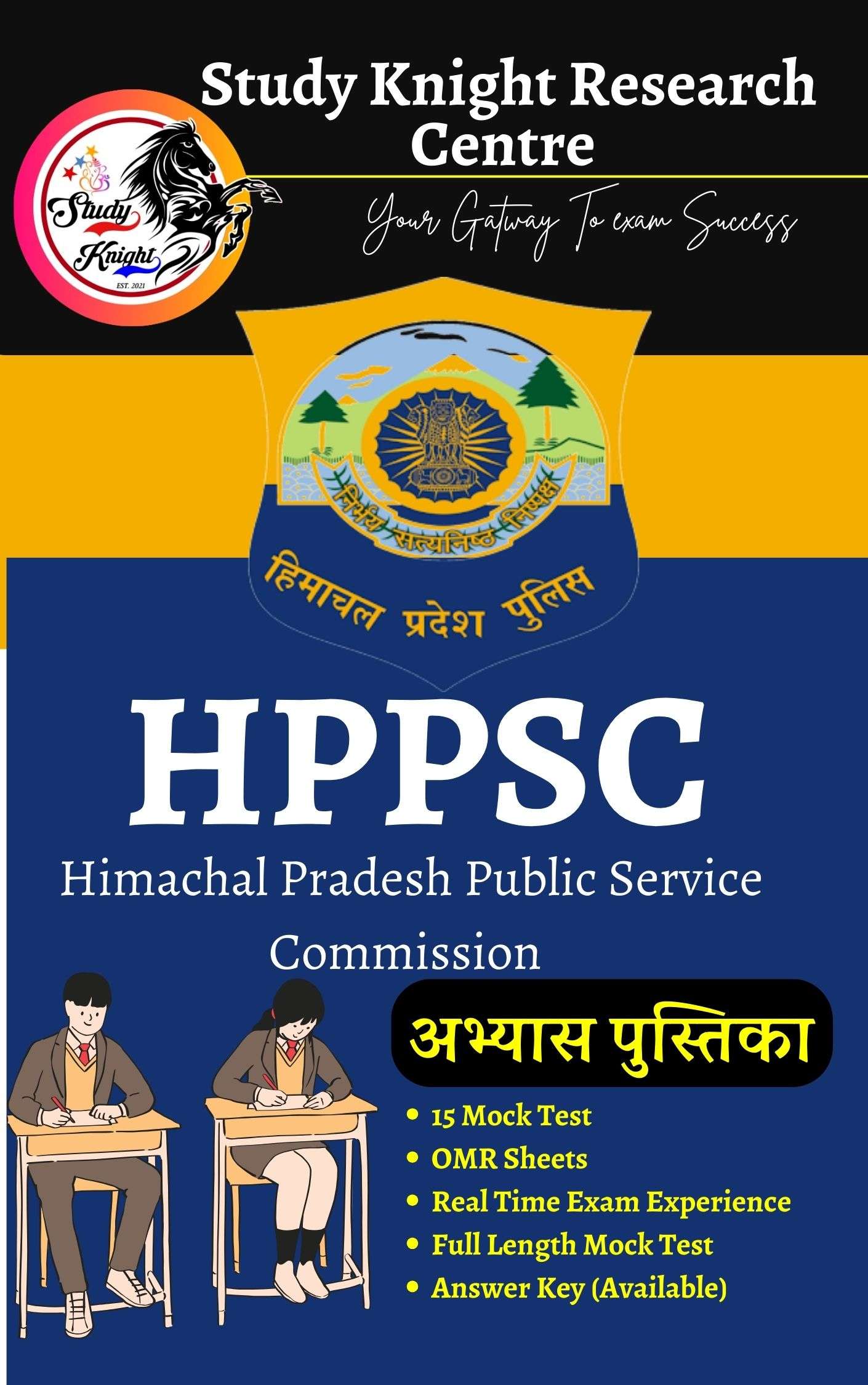


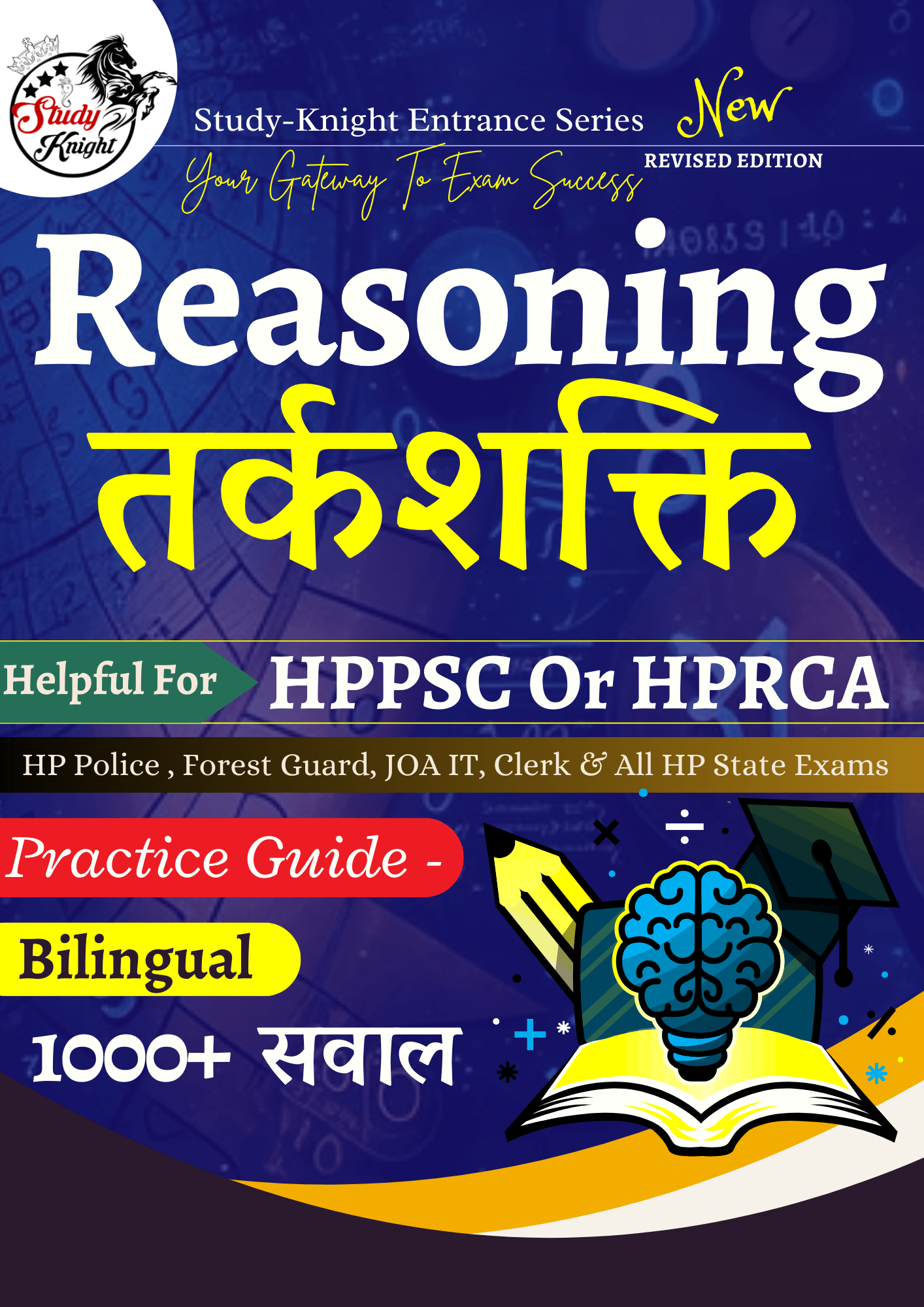
One Response
nice